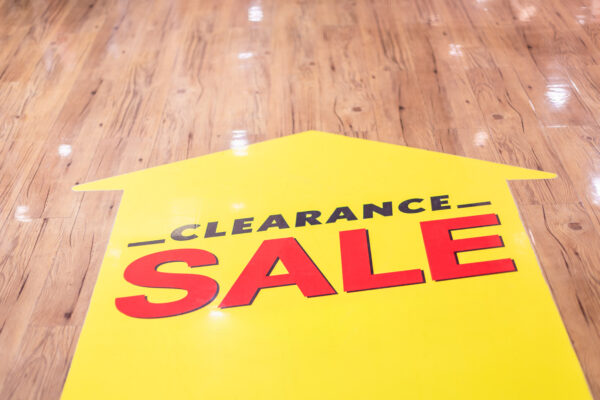Color plays a vital role in conveying messages, evoking emotions, and capturing attention. In the vast spectrum of the rainbow, yellow stands out as a vibrant and energetic hue that can bring a sense of cheerfulness and warmth to any visual message. Read on for valuable insights for brands seeking to make the most of this captivating color.
Read our blog series on color theory and symbolism for designers and brands who want to use color more compellingly.
Yellow, as a force for good (moods and foods!)
Often associated with sunshine and happiness, yellow is a color that can instantly uplift mood and create a positive atmosphere. It symbolizes joy, optimism, and vitality and can illuminate whole designs or draw attention to specific elements. When incorporated effectively, yellow can help convey a sense of enthusiasm and playfulness, making it a popular choice for designs targeted toward younger audiences.

Yellow also carries strong associations with intellect and creativity. It stimulates mental activity, promoting a sense of clarity and focus. This makes yellow an excellent choice for designs related to education, innovation, and brainstorming.
While yellow is predominantly associated with positivity and joy, brands should be aware of potentially negative connotations. Yellow is linked to caution and warning, as seen in road safety signs, because of its ability to grab attention and signal potential hazards. Careful use of yellow alongside other colors and design elements can help strike the right tone and effectively communicate caution without ringing alarm bells.
Combining the power of red and yellow in food marketing can strategically stimulate cravings. Red evokes excitement, increasing heart rate and appetite. Yellow radiates happiness and warmth, triggering positive emotions. McDonald’s famously uses this color combination to draw customers in the door or drive-thru, creating a sense of urgency and enjoyment.
Striking a bold balance
The principles of color theory are crucial for brands aiming to project visually harmonious and impactful compositions, with research suggesting people subconsciously judge a product within 90 seconds, and 62% to 90% of that assessment is based on color alone.
Yellow is a warm primary color. Its complementary color is purple, and it can be paired with shades of blue and gray to create contrast and balance. When using yellow, brands need to strike a balance between its energetic qualities and potential pitfalls. Overuse of yellow can be visually fatiguing, so employing it as an accent color or in combination with other hues ensures that it complements the overall design concept without overpowering it.

The intensity and tone of yellow can significantly influence its impact. A bright, vivid yellow evokes a sense of excitement and dynamism, while a softer, pastel yellow creates a more delicate and soothing ambiance. Use your intended impact and message to determine how to incorporate it into your visual branding and marketing.
To best utilize the power of color in marketing, it is essential to understand the psychology and theory associated with each shade. Whether to convey joy and optimism, stimulate intellect and creativity, or issue a message of caution, yellow offers tremendous potential for enhancing designs, capturing attention, and building your visual identity.
B&B Print Source is excited to launch a blog series on colors and what they mean for your design, print materials, and brand. Watch this space for the rainbow of information, and connect today for a color consultation on your next print, packaging or graphics project.

